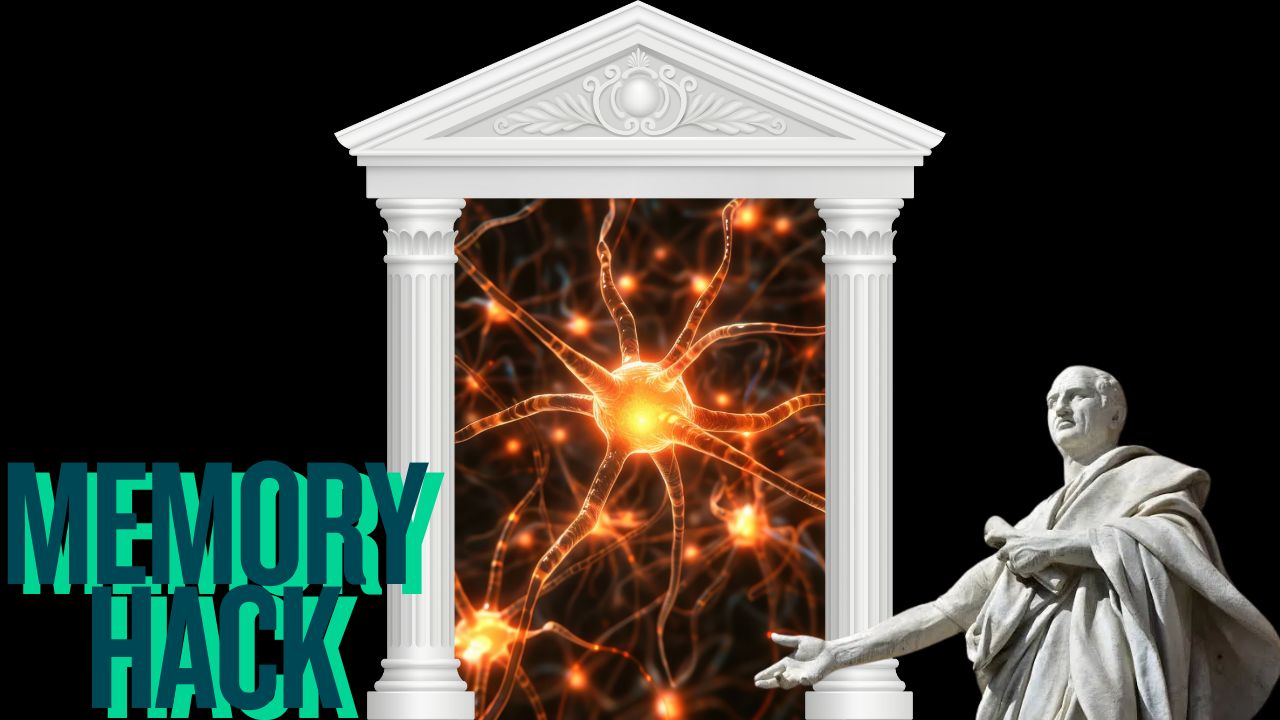
What is the Method of Loci
Imagine being able to expand your memory past 7 things (the typical limit of working memory) by simply taking a mental walk. This is made possible with the method of loci.
Published on October 23, 2025
Imagine being able to expand your memory past 7 things (the typical limit of working memory) by simply taking a mental walk. This is made possible with the method of loci. It's a technique that is over 2000 years old that ancient Roman orators, like Cicero, used to retain vast amounts of information like their speeches.
The way it works is by having you picture a place that you are familiar with, such as your home. You would imagine yourself walking through your home and at each different locus or station on the path, you would place a vivid, unusual, or bizarre object at that place. Once you've placed the objects of the things that you wanted to memorize around your home, you have created a memory palace. When you need to remember the fact, you would then walk through the memory palace and each object that you placed would trigger a recall.
The reason why it works so well is because it leverages your spatial memory. We already come equipped with a memory that works pretty well with spaces. Think about it: you can probably visualize your childhood bedroom in vivid detail, but struggle to recall your credit card number.
Secondly, it uses elaborative encoding to turn meaningless and boring facts into something more memorable. The key is to create relationships between the fact and an image. You might split a word into smaller chunks and turn those into pictures, or use a word that sounds similar to trigger a visual association. For example, to remember "photosynthesis," you could imagine a camera (photo) synthesizing sunlight. By converting abstract information into vivid images that act as visual cues, you create stronger mental associations that stick.
Some common pitfalls that new users of this method fall into are crowding a locus with too many images, which makes them harder to recall and dilutes their meaning. Another mistake is making the images too vague or ordinary. You want to make them weirder. The more of an emotional response an image triggers within you, the more likely you are to remember it.
In the following blog posts, we'll explore how to update this ancient technique for the modern age. We're taking the method of loci beyond memorizing speeches or grocery lists and expanding it to help you retain entire libraries of information.